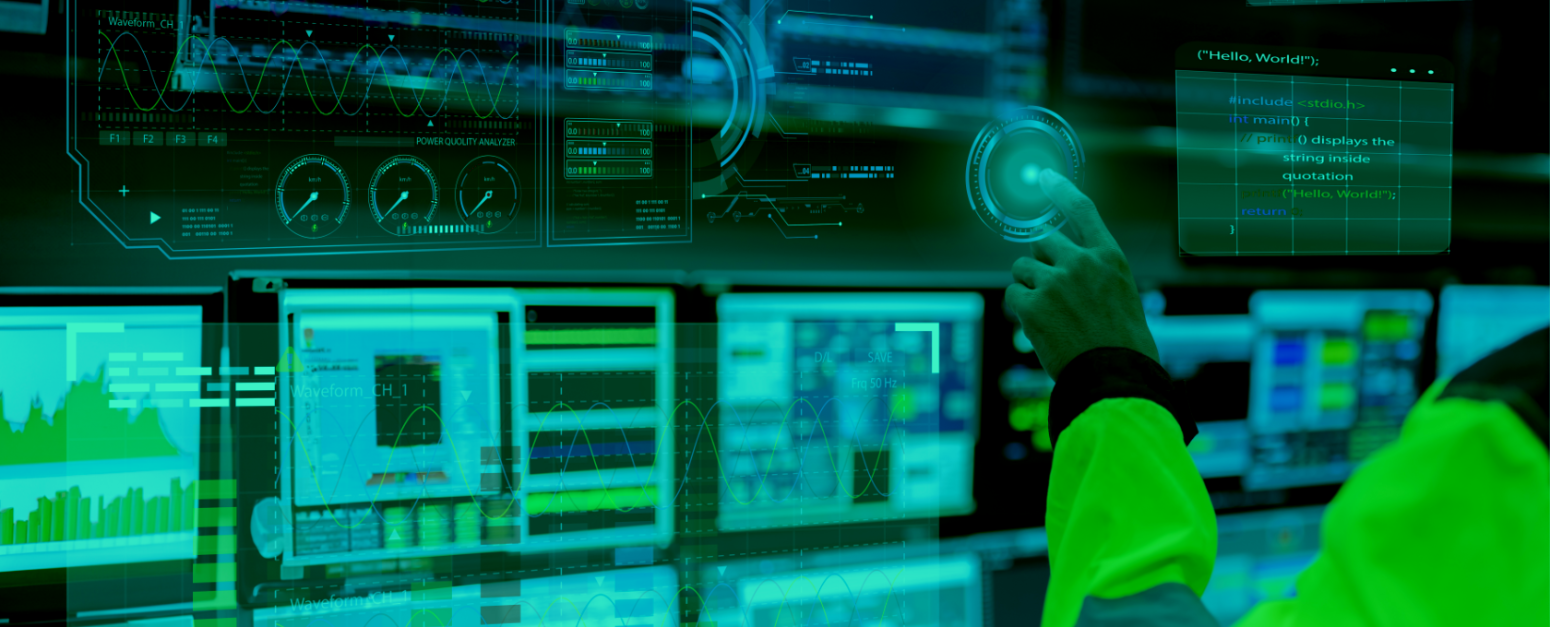
Let’s be real, Infrastructure-as-Code (IaC) is the heartbeat of modern cloud environments. It’s what allows teams to automate complex setups, keep everything consistent, and move from idea to deployment in record time. Instead of manually wiring systems together, engineers can now define their entire infrastructure in code, spin it up anywhere, and trust that it’ll behave the same way every single time.
For any organization managing multiple clouds, IaC isn’t a luxury; it’s survival.
But there’s a new force reshaping how we build and secure that code: Artificial Intelligence. AI tools like GitHub Copilot and Amazon CodeWhisperer can generate Terraform or CloudFormation scripts in seconds. It’s a massive productivity boost until it isn’t. Because while AI makes it easier to create, it can also make it easier to create mistakes at scale.
Let’s unpack what’s really happening, and how we can use AI more responsibly to secure the foundation of our digital world.
Getting Grounded: What IaC Security Really Means
At its core, IaC lets you define servers, databases, and networks through code. That means version control, repeatability, and visibility, all huge wins. But it also means your infrastructure is only as secure as the code that defines it.
And that’s where things often go sideways:
- Misconfigurations – One small oversight (like an open S3 bucket or missing encryption setting) can open the door to massive risk.
- Drift – Over time, what’s deployed drifts from what’s in code. Your “known good” template slowly becomes fiction.
- Compliance Gaps – If your IaC doesn’t include frameworks like SOC2 or CIS from day one, you’re setting yourself up for audit pain later.
- Alert Fatigue – Many scanners flag every possible issue but don’t tell you which ones matter or how to fix them.
IaC makes it fast to build but equally fast to multiply mistakes.
How AI Changes the Game
AI is now playing on both sides of the fence; it’s both a builder and a protector.
On one side, AI is a coding accelerator. It can spin up Terraform modules, automate repetitive tasks, and help less experienced engineers work faster. It’s like having a seasoned DevOps pro reviewing your work at all times.
On the other, AI is becoming a security analyst. New tools use machine learning to detect misconfigurations, compliance gaps, and even drift across your environments.
But there’s a catch. The same AI that helps you move fast can just as easily help you make the same mistake across dozens of environments. And once it’s live, undoing that mess isn’t simple.
The New Kinds of Risk
AI brings some fresh challenges we haven’t faced before:
- Functional but Unsafe Code: AI can generate infrastructure that “works” but isn’t secure like a public S3 bucket that deploys perfectly but exposes your data.
- Shadow IaC: When AI makes code generation easy, non-DevOps teams start writing their own templates often without review. That creates hidden, unmonitored infrastructure.
- Mistakes at Scale: One bad pattern can now be cloned across multiple projects in seconds. The velocity that helps you innovate can also amplify risk.
- Policy Gaps: If your security policies evolve, AI-generated IaC doesn’t automatically retro-fit. That means your deployed environments may drift from today’s standards.
- Alert Overload 2.0: AI scanners that aren’t precise enough can drown teams in even more noise, leaving real threats buried under false positives.
We’ve entered a world where errors aren’t just human, they’re AI-accelerated.
Fighting Back: Security That’s as Smart as the Threat
Keeping pace means rethinking how we secure IaC. Traditional scanners and static analysis aren’t enough anymore. We need tools that don’t just point to problems, they fix them with confidence.
Here’s what modern IaC security should look like:
- Deterministic Fixes: Don’t just say what’s wrong, generate a verified, merge-ready pull request that corrects it safely.
- Context-Aware Guardrails: One-size-fits-all doesn’t work. Security checks need to respect your environment’s rules, naming conventions, and architecture.
- Continuous Validation: Security can’t stop at deployment. It needs to constantly verify that what’s running matches what’s approved.
- Shift Left and Fix Left: Catching problems early is good. Automatically fixing them early is better.
- Less Noise, More Clarity: Security should help engineers act, not overwhelm them with endless alerts.
When your IaC security can automatically detect, validate, and correct issues, you’ve moved beyond scanning; you’re closing the loop.
Practical Ways to Stay Ahead
Tools aside, teams can take immediate steps to reduce risk and build resilience:
- Write Policies as Code: Frameworks like Open Policy Agent or HashiCorp Sentinel let you codify compliance directly into your CI/CD pipelines.
- Scan Every Commit: Make scanning a mandatory part of the development flow, don’t wait for deployment to find out what’s wrong.
- Adopt Auto-Fix Tools: Manual remediation doesn’t scale. Use tools that can automatically suggest or create fixes you can trust.
- Enforce “Golden Paths”: Keep your baseline templates up to date and monitor deployed resources to make sure they haven’t drifted.
- Invest in Education: AI is a helper, not a replacement. Developers still need to understand secure coding principles.
- Integrate Security Early: Embed it right into the developer workflow. When DevOps and security collaborate, things don’t slip through the cracks.
Wrapping It Up
AI is rewriting the rules of how we build and secure infrastructure. It gives us speed, automation, and new capabilities but it also magnifies the risks of getting it wrong.
The old way of “scan and alert” won’t cut it anymore. The future belongs to smarter systems that find, fix, and validate issues automatically, so we can spend less time firefighting and more time innovating.
If we can weave security into every stage of the IaC lifecycle, AI stops being a wildcard. It becomes our most powerful ally.
That’s exactly what Gomboc delivers: an AI-powered IaC security solution that doesn’t just detect misconfigurations but actively remediates them with precision. With Gomboc, your infrastructure stays secure, compliant, and ready for innovation.



.png)

